Back to basics: Demisch Danant remembers the rise of French minimalism
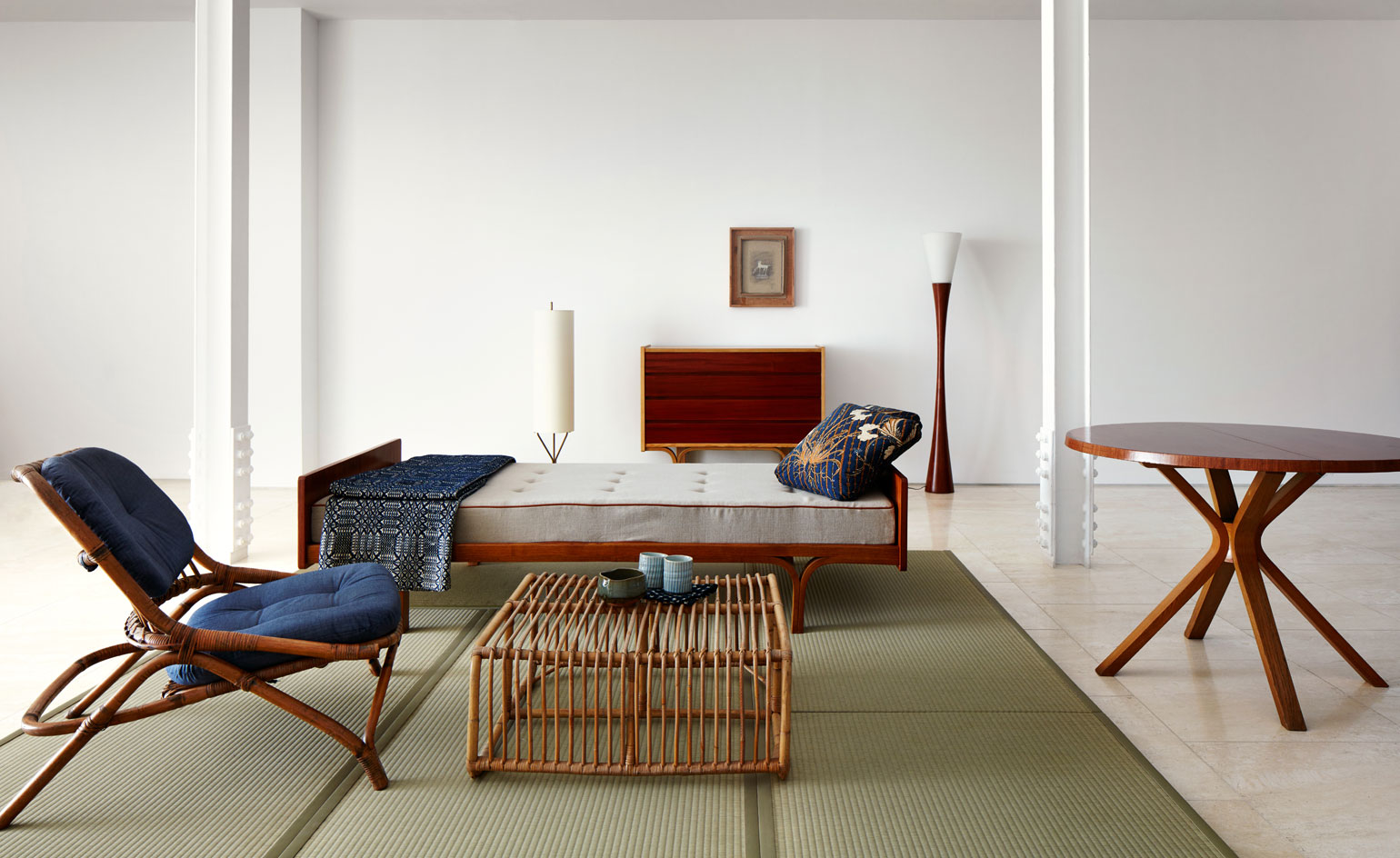
Simplistic form, muted color palette, scarce in detail. Let’s face it: minimalism is about as ubiquitous as that white T-shirt in your closet. Though the sleek style is the design du jour, it wasn’t always a luxury, but a necessity.
‘The reason behind this wasn’t aesthetically-driven, it was resistance,’ explained Suzanne Demisch, one half of the New York-based gallery Demisch Danant. In the new exhibition ‘The Way of the Essential’, Demisch and co-founder Stephane Danant explore the rise of French minimalism in the 1950s and 60s. In doing so, they recapture the beauty and uniqueness minimalism has to offer.
To put it in context, the Second World War left France at rock bottom. Paris was attacked, and hospitals and airports were destroyed. All the while, people were moving into apartments, creating a need for simple, affordable and modular design. ‘They couldn’t use their 18th century furniture,’ Demisch says.
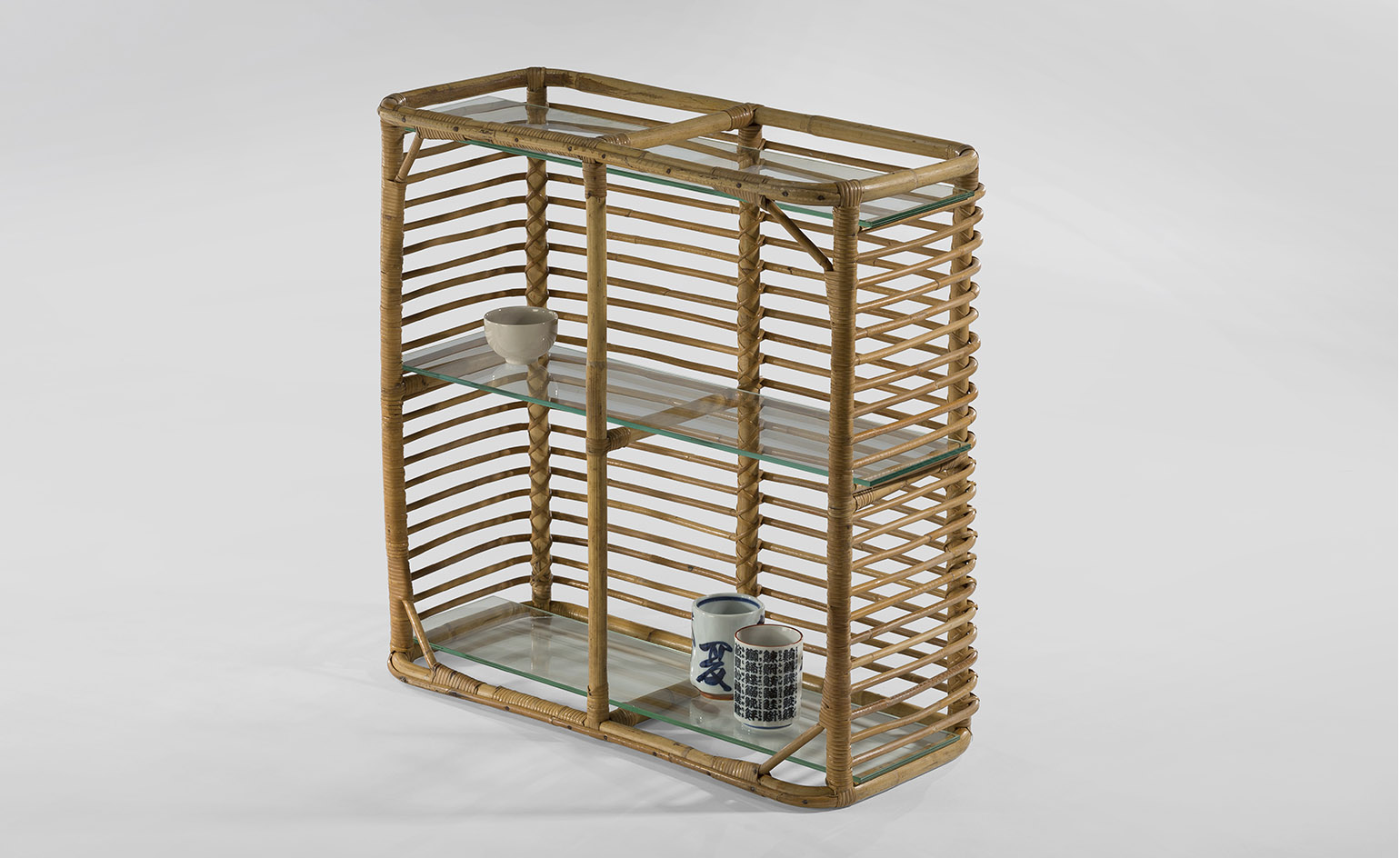
’Modular Ottoman’, by Joseph-André Motte, 1963
But where there’s reconstruction there’s innovation, as several French designers, with Jacques Dumond leading the pack, showed the payoff of paring back.
‘[We’re] pointing out the different perspectives on the same goal of French modernity and minimalism, and tracing the influence from someone like Dumond,’ said Demisch.
For a comprehensive look at the era, the 50-piece exhibit is divided into three sections. Walk into the Greenwich Village gallery and you’ll find minimalist designs with an architectural flare, like Antoine Philippon and Jacqueline Lecoq’s laminate coiffeuse and a glass desk by Janine Abraham and Dirk Jan Rol.
There’s a heavy emphasis on the materials used, as evidenced by Joseph-André Motte’s rattan tripod chair, and ash and mahogany daybed, which fill the second space. And finally, a rendering of a typical French apartment reimagined in Dumond’s pieces. As a glass coffee table unexpectedly sits next to a plaid sofa, minimalism still has the potential to surprise.
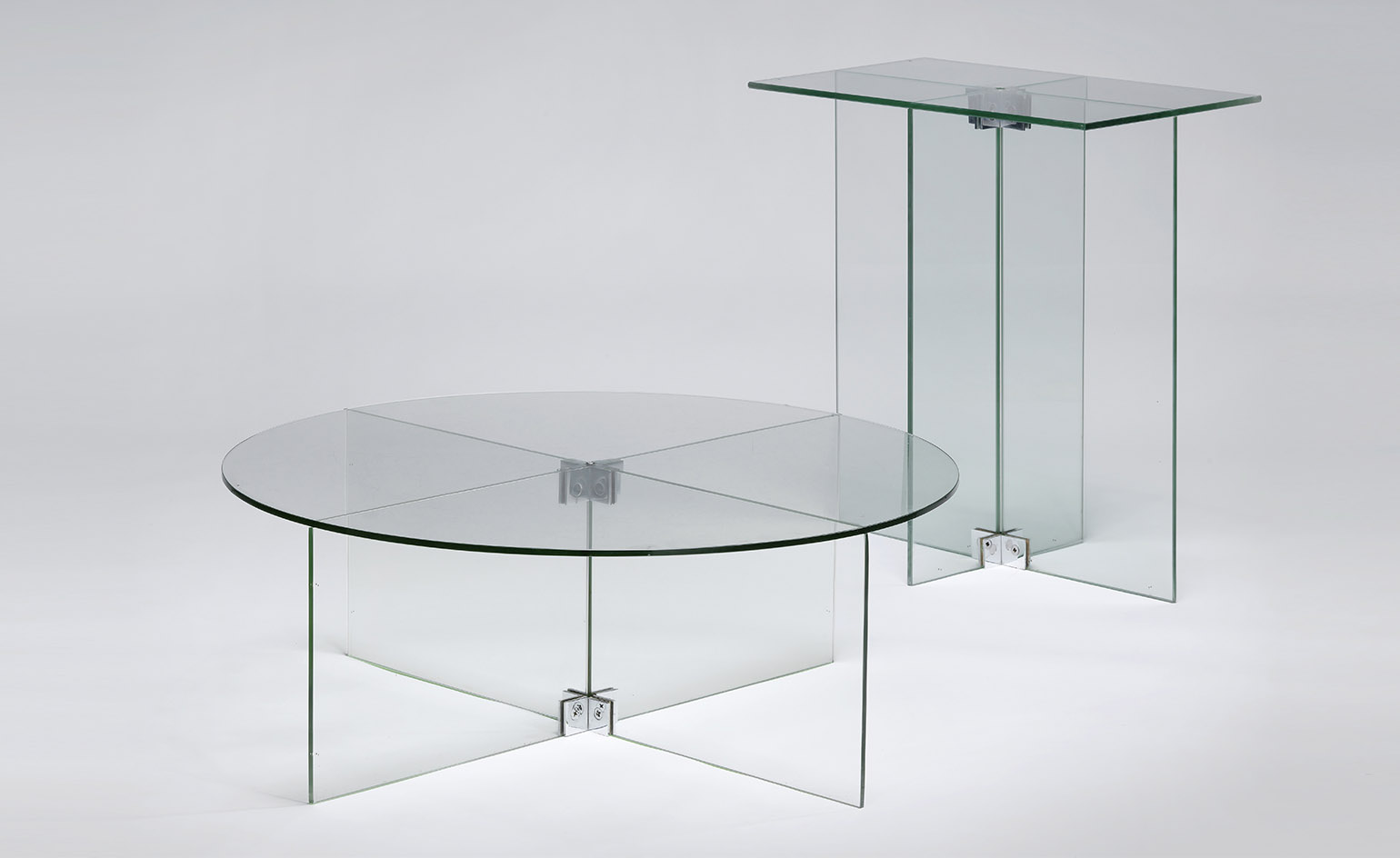
’Low Tables’, by Jacques Dumond, 1960
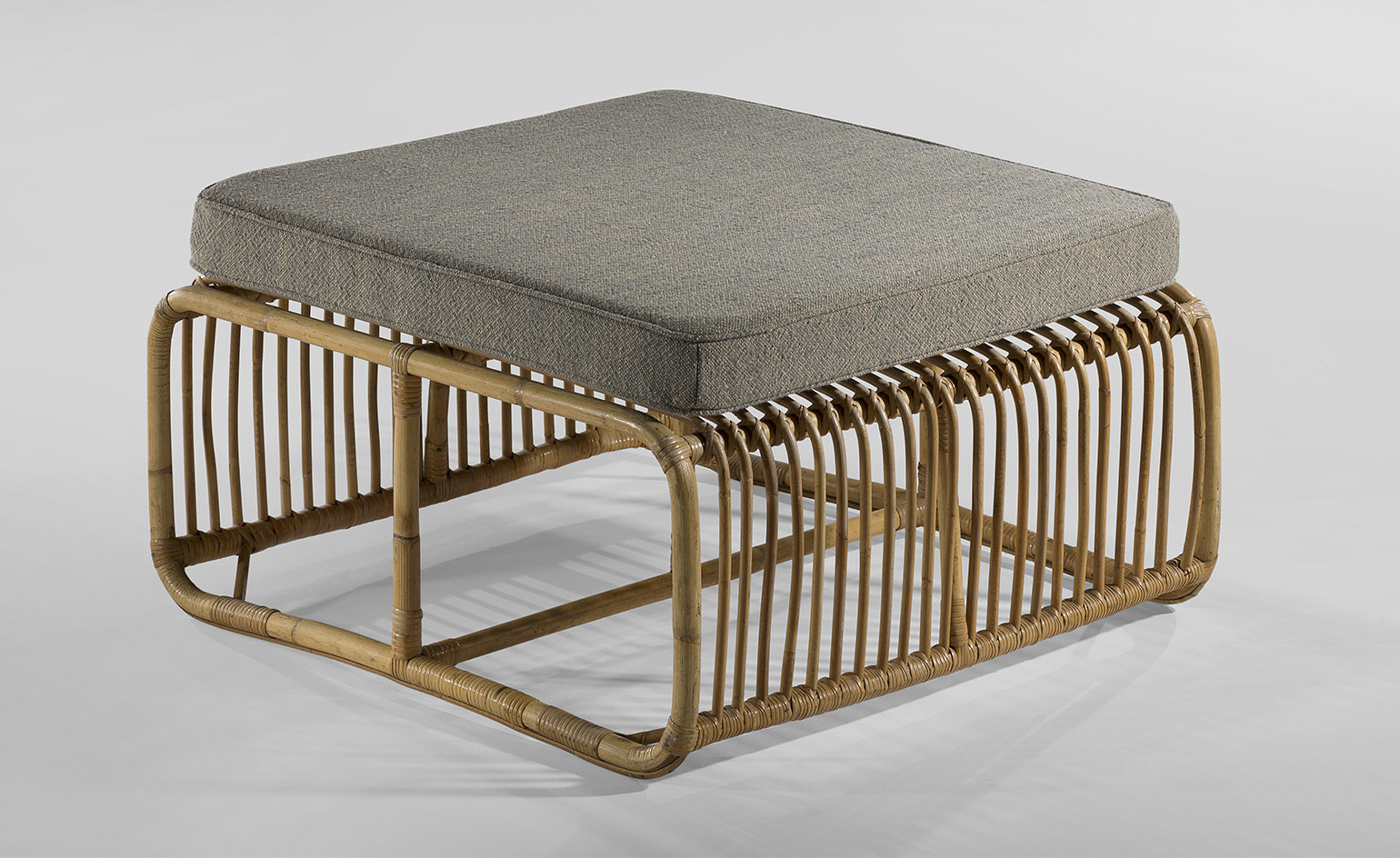
’Modular Ottoman’, by Joseph-André Motte, 1963
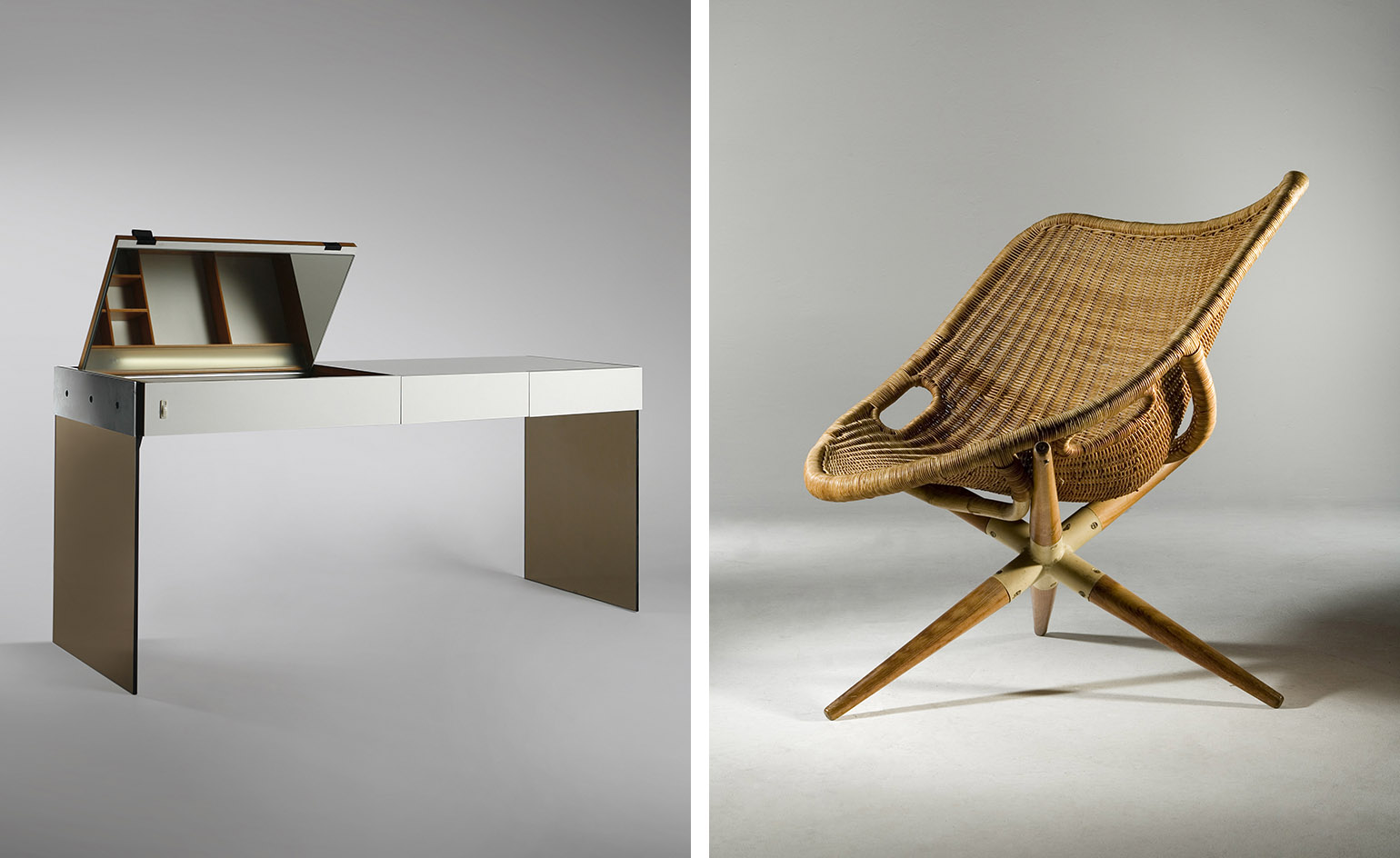
Left, ’Coifeusse’, by Antoine Philippon and Jacqueline Lecoq, 1962. Right, ’Tripod’ chair, by Joseph-André Motte, 1949
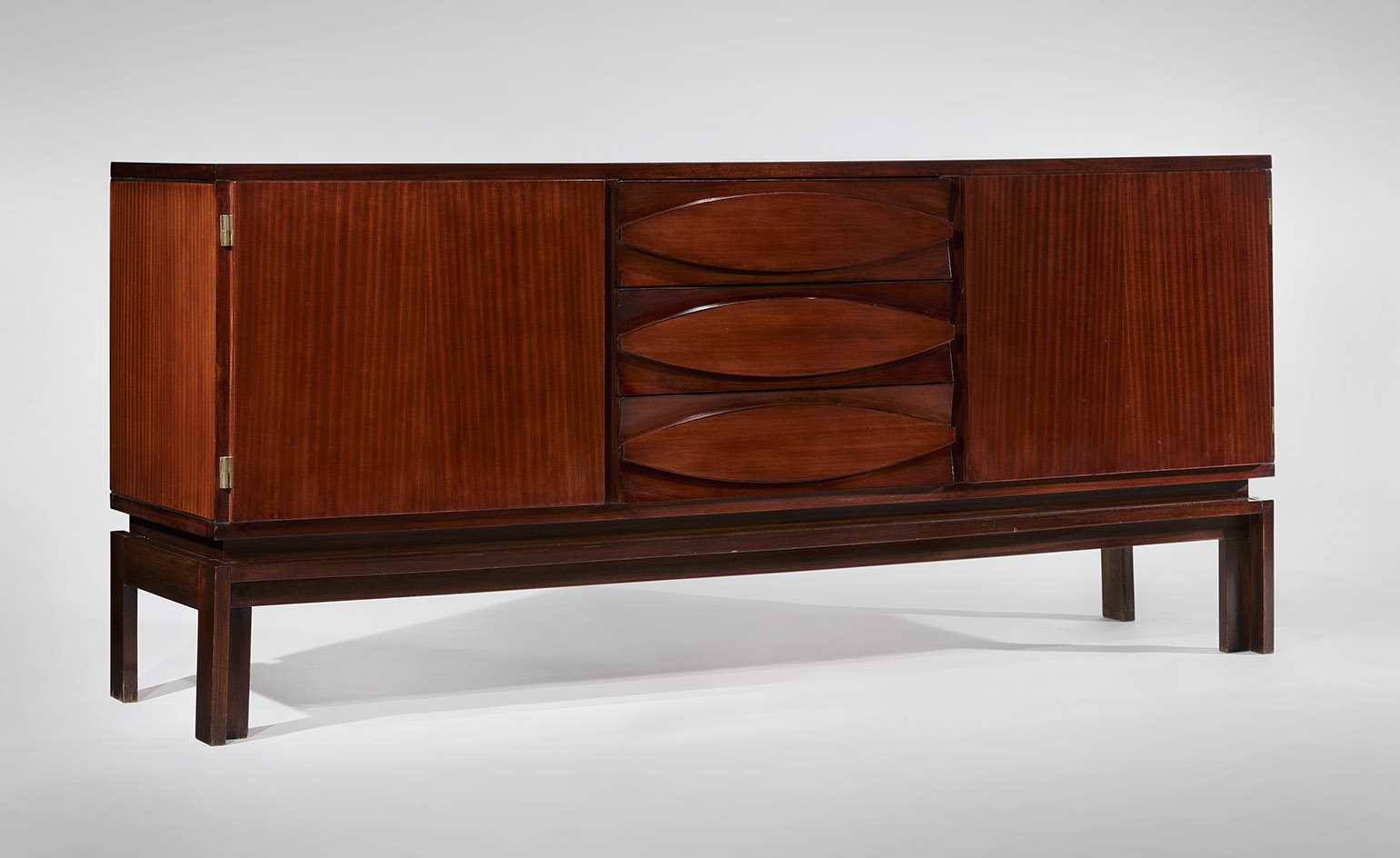
’Prestige Cabinet’, by Joseph-André Motte, 1958
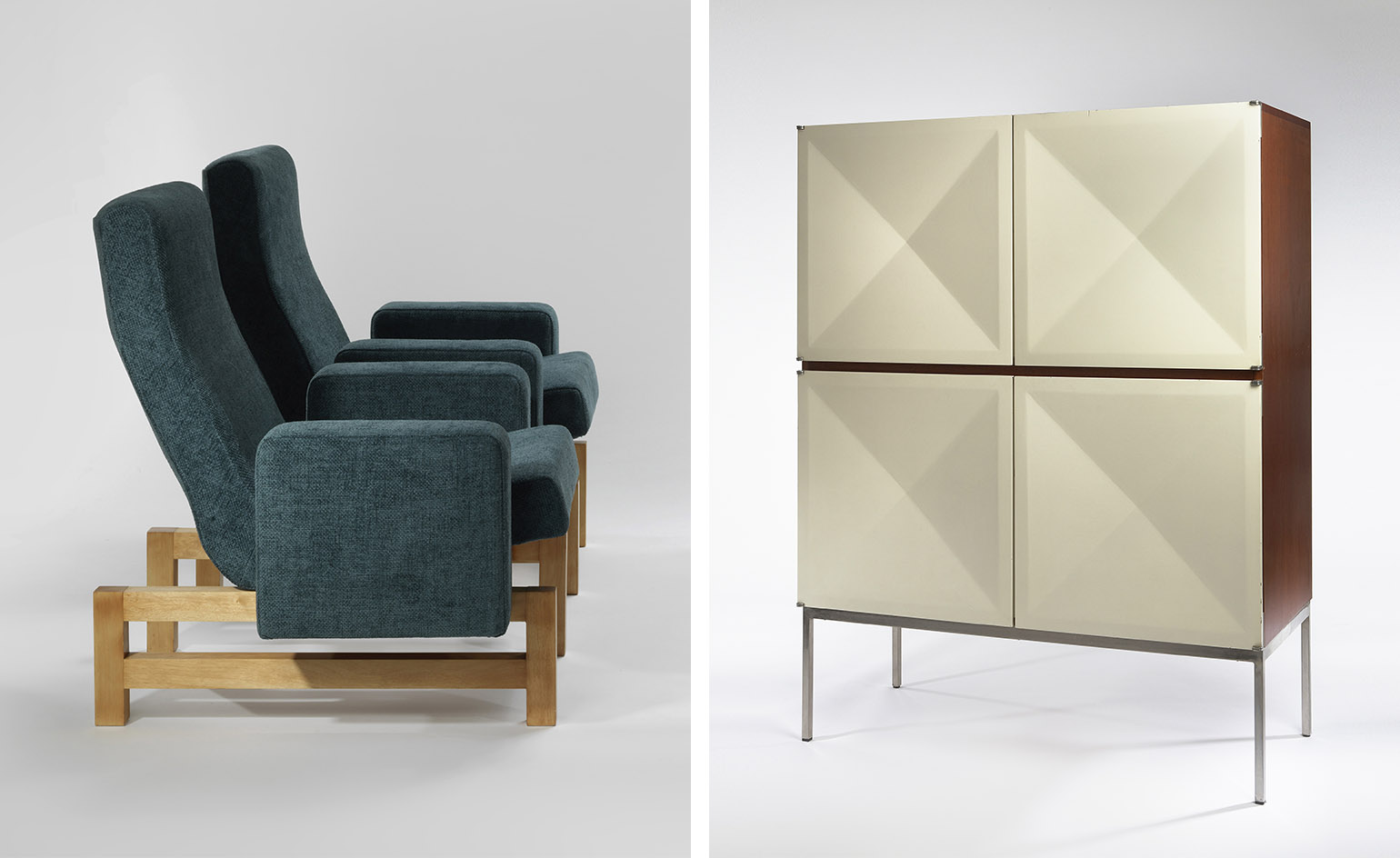
Left, Pair of armchairs, by Jacques Dumond, 1962. Right, cabinet by Antoine Philippon and Jacques Lecoq, 1962
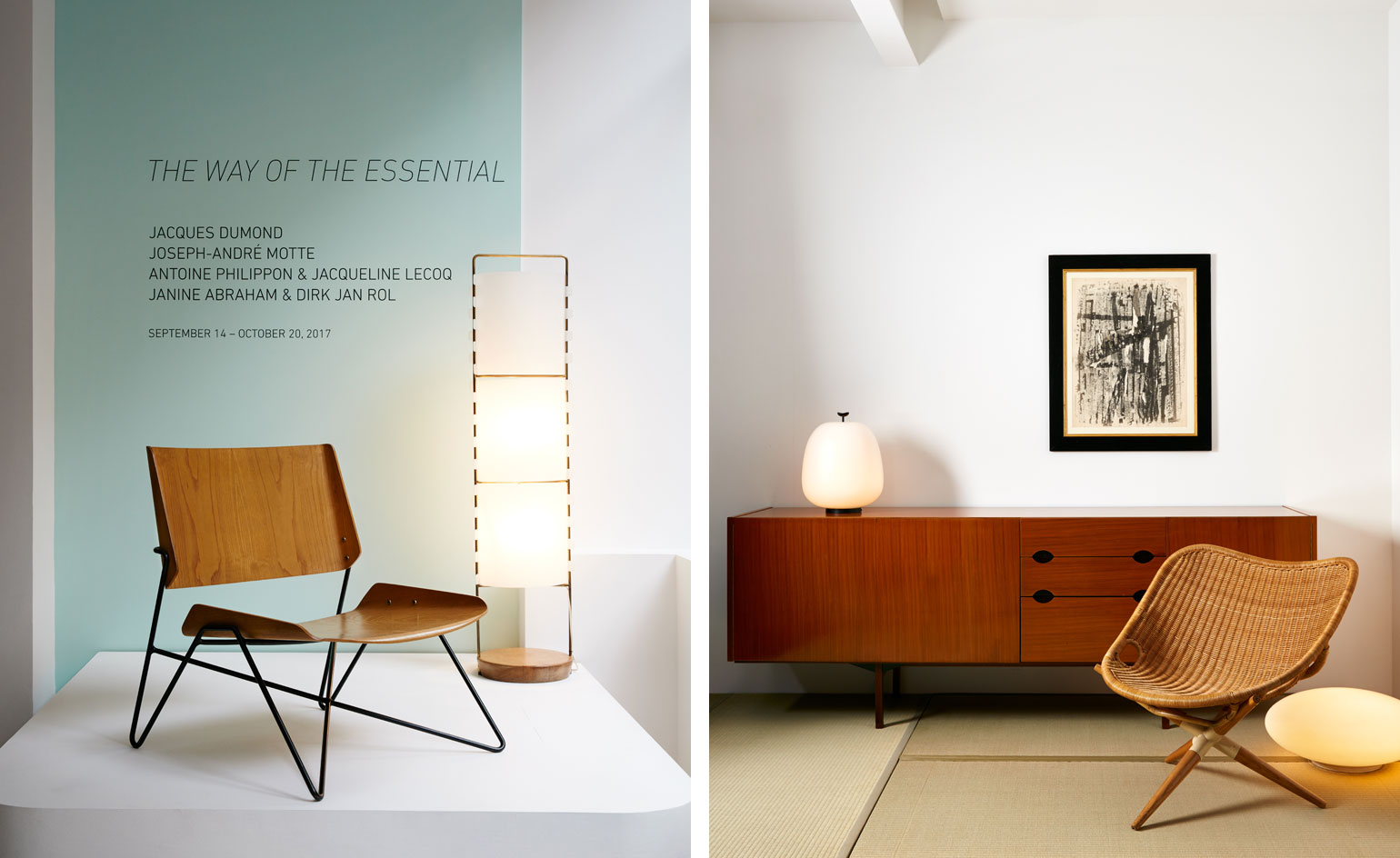
Installation view of ’The Way of the Essential’.
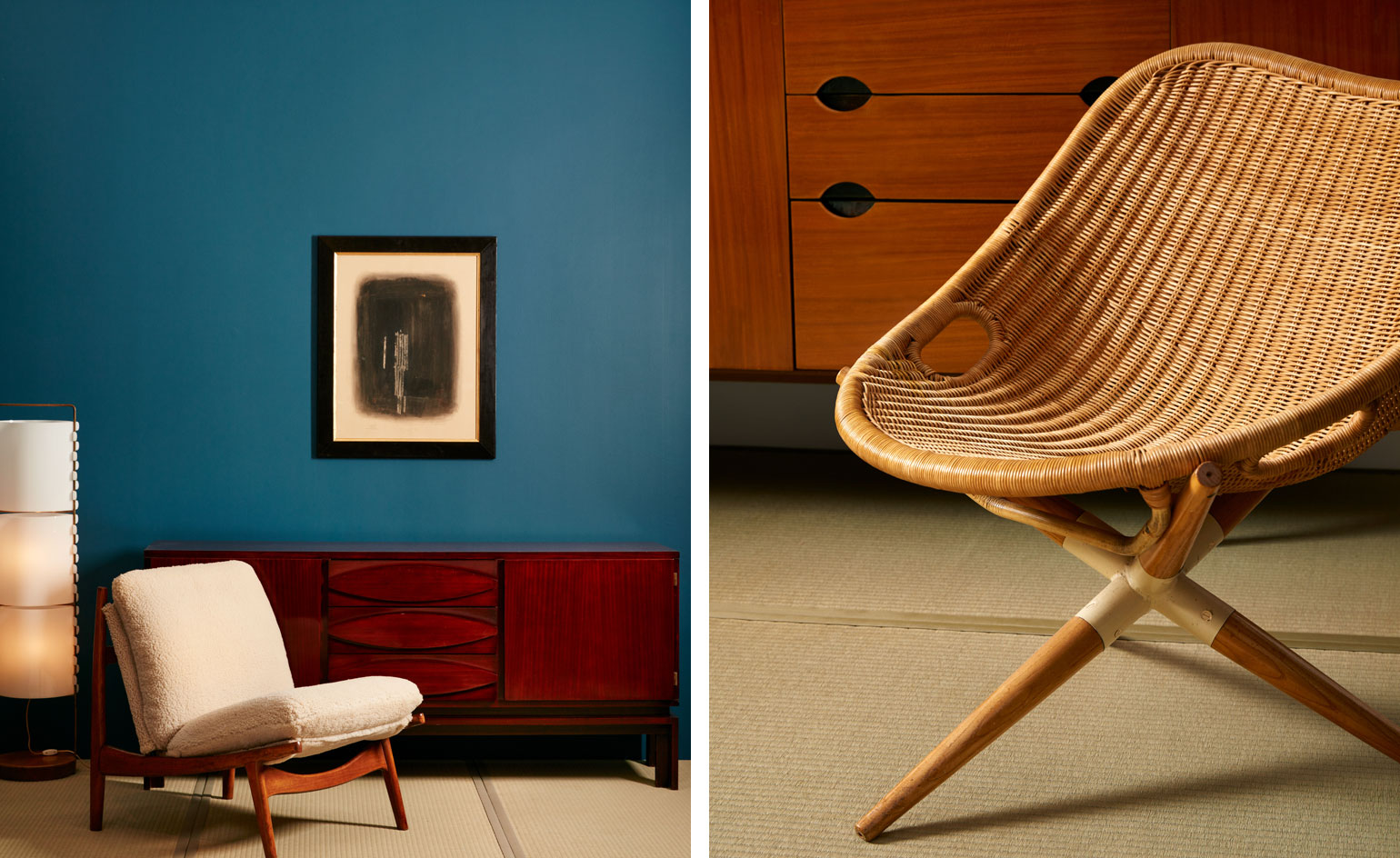
Left, pair of ’790’ chairs, by Joseph-André Motte, 1960. Right, ’Tripod Chair’, by Joseph-André Motte, 1949.
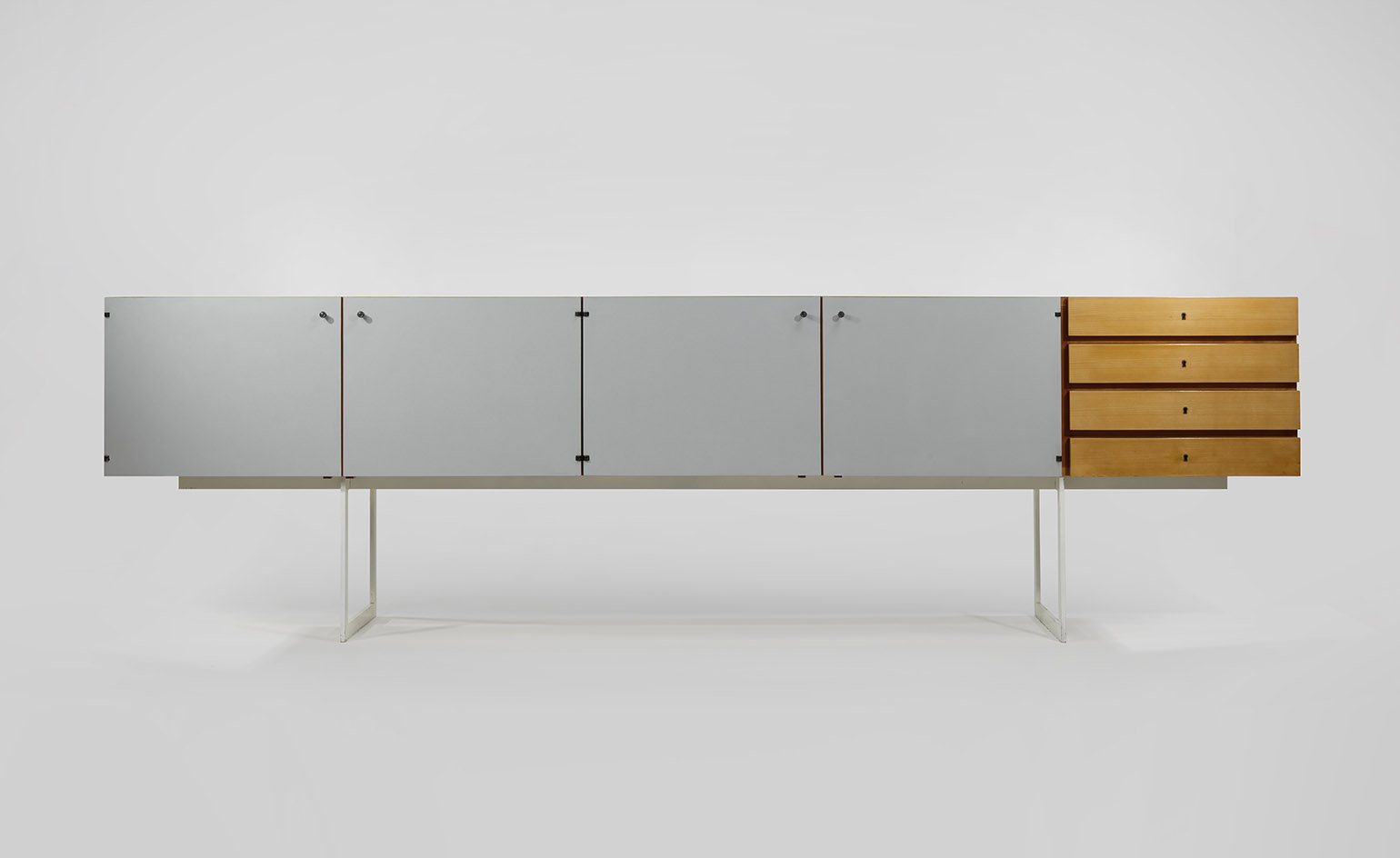
’Credenza’, by Jacques Dumond, 1960s
INFORMATION
’The Way of the Essential’ runs until 20 October. For more information, visit the Demisch Danant website
ADDRESS
Demisch Danant
30 West 12th Street
New York 10011
Receive our daily digest of inspiration, escapism and design stories from around the world direct to your inbox.
-
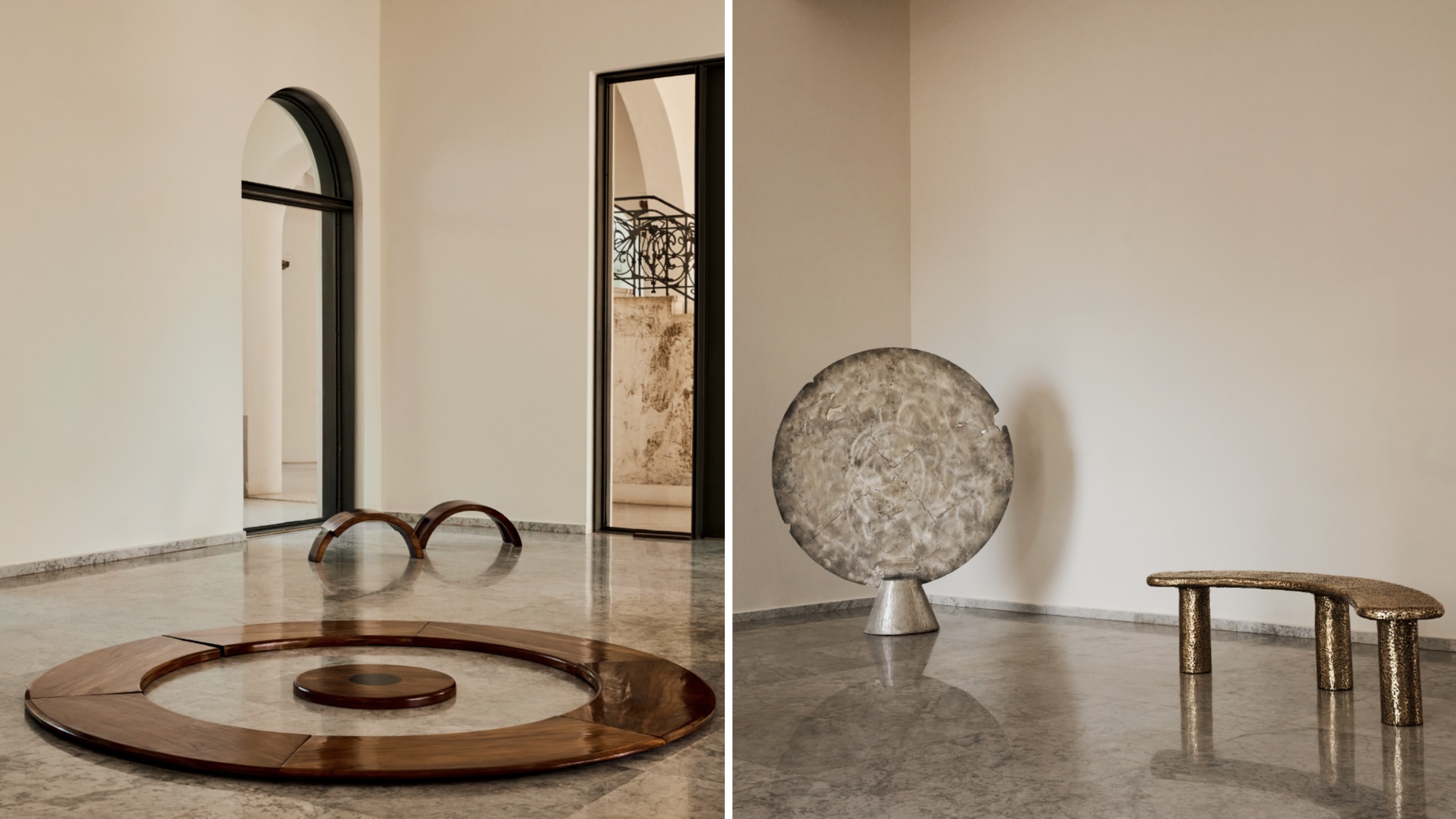 Togo's Palais de Lomé stages a sweeping new survey of West African design
Togo's Palais de Lomé stages a sweeping new survey of West African design'Design in West Africa' in Lomé, Togo (on view until 15 March 2026), brings together contemporary designers and artisans whose work bridges tradition and experimentation
-
 Vigilante’s 1979 Jeep Wagoneer features luxury trim, modern muscle and elevated styling
Vigilante’s 1979 Jeep Wagoneer features luxury trim, modern muscle and elevated stylingTexan restomod master Vigilante has created a new take on the classic Jeep Wagoneer, transforming the 1970s family SUV into a sleek, architectural powerhouse
-
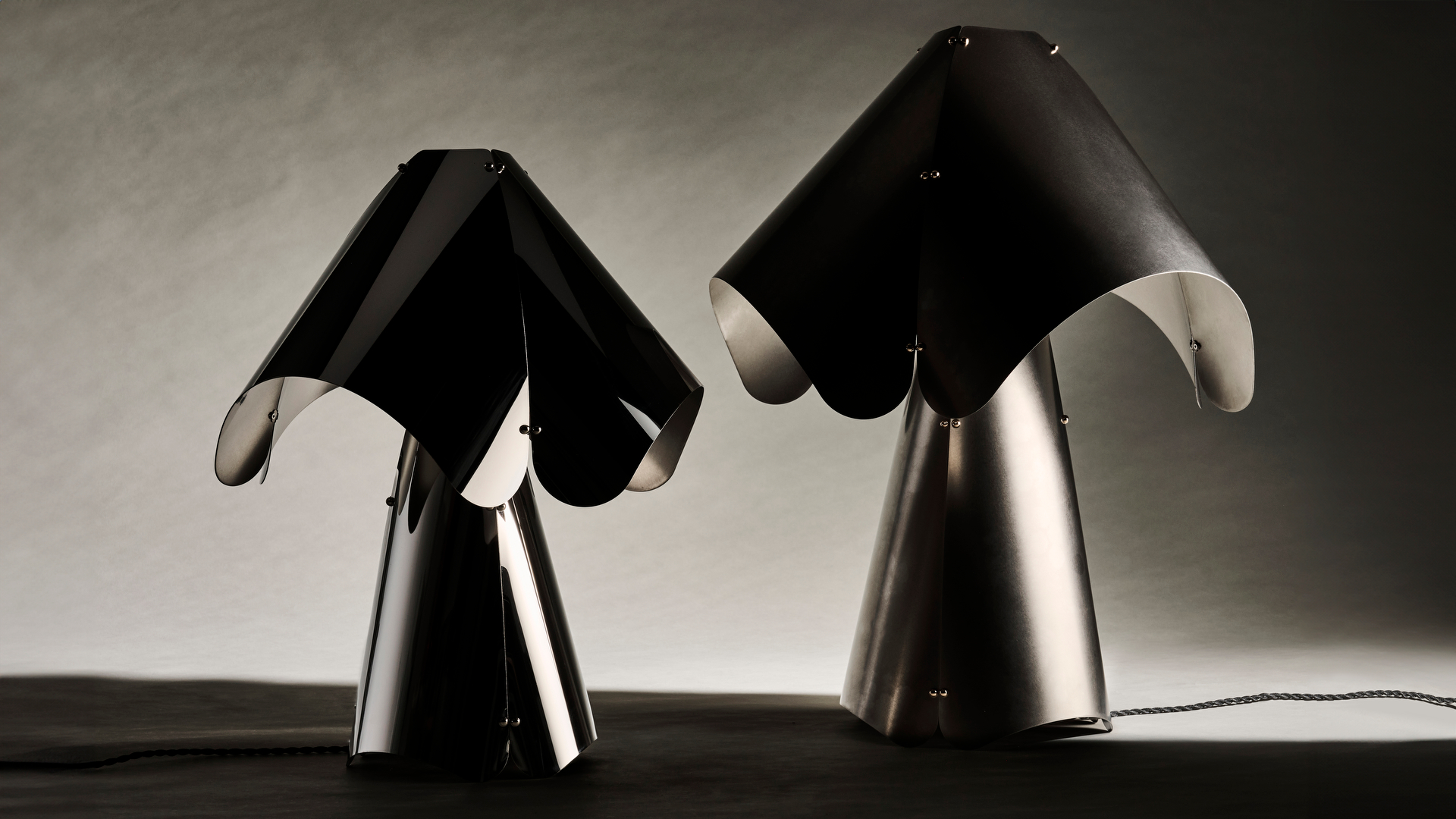 Australian studio Cordon Salon takes an anthropological approach to design
Australian studio Cordon Salon takes an anthropological approach to designWallpaper* Future Icons: hailing from Australia, Cordon Salon is a studio that doesn't fit in a tight definition, working across genres, techniques and materials while exploring the possible futures of craft
-
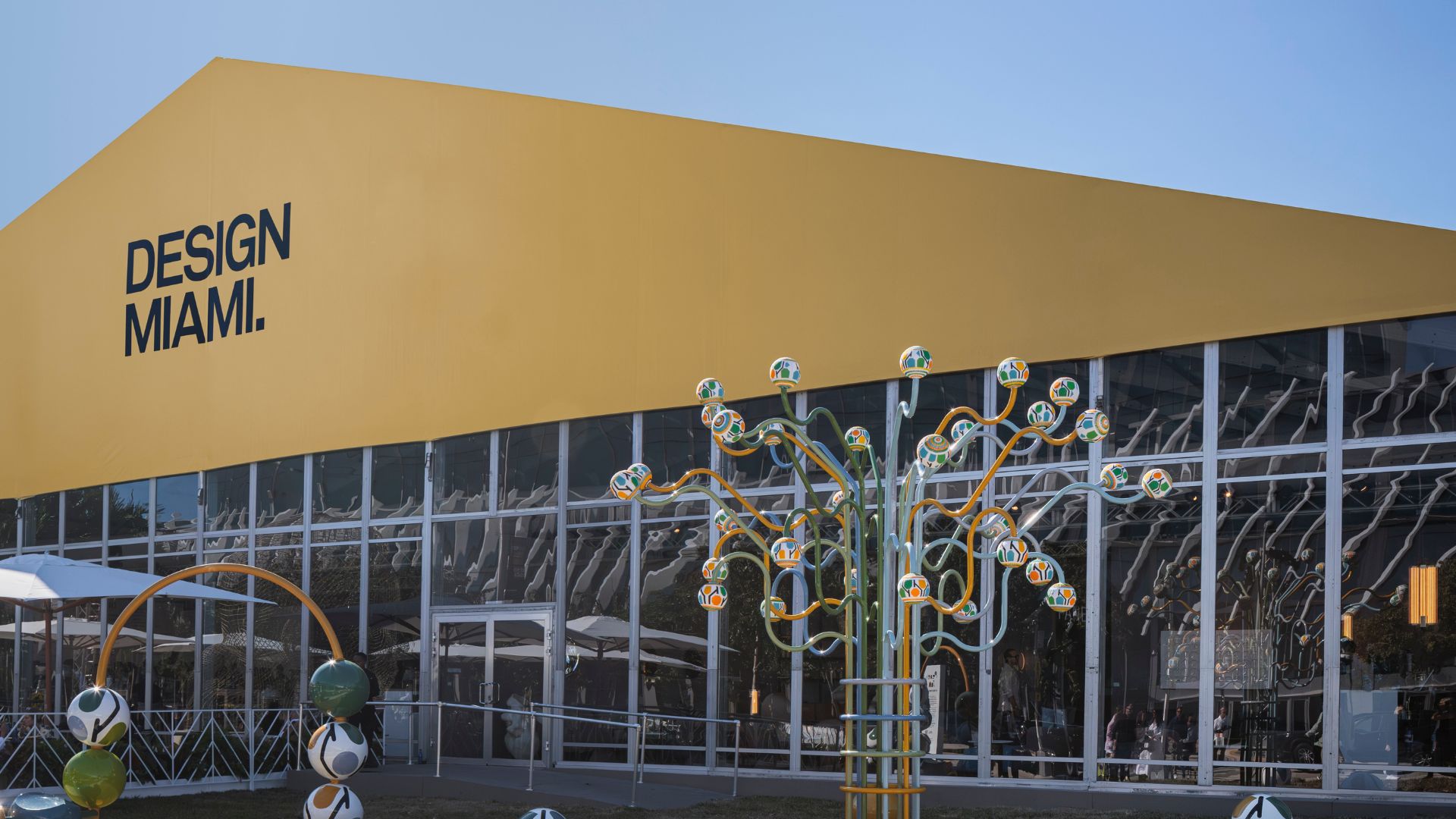 Everything you need to know about Design Miami 2025
Everything you need to know about Design Miami 2025The collectible design fair returns to Miami Beach in December for its 21st edition, alongside a vast array of art and cultural events across the city
-
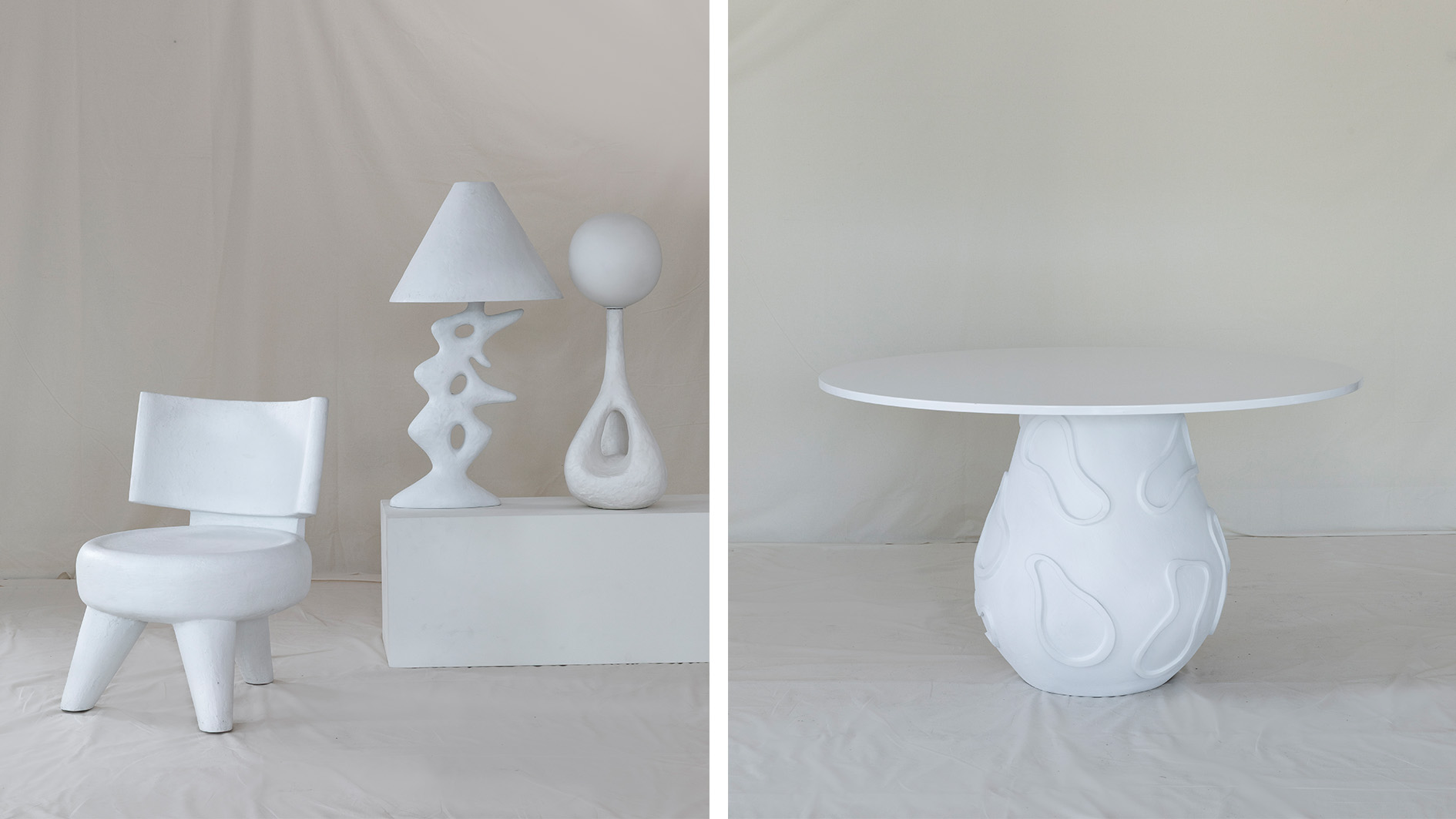 Ralph Pucci’s new Provence exhibition celebrates sculpture in its purest form
Ralph Pucci’s new Provence exhibition celebrates sculpture in its purest formTo mark 70 years of Ralph Pucci International, the New York gallery is collaborating with top designers to bring scaled, textural forms to Château La Coste
-
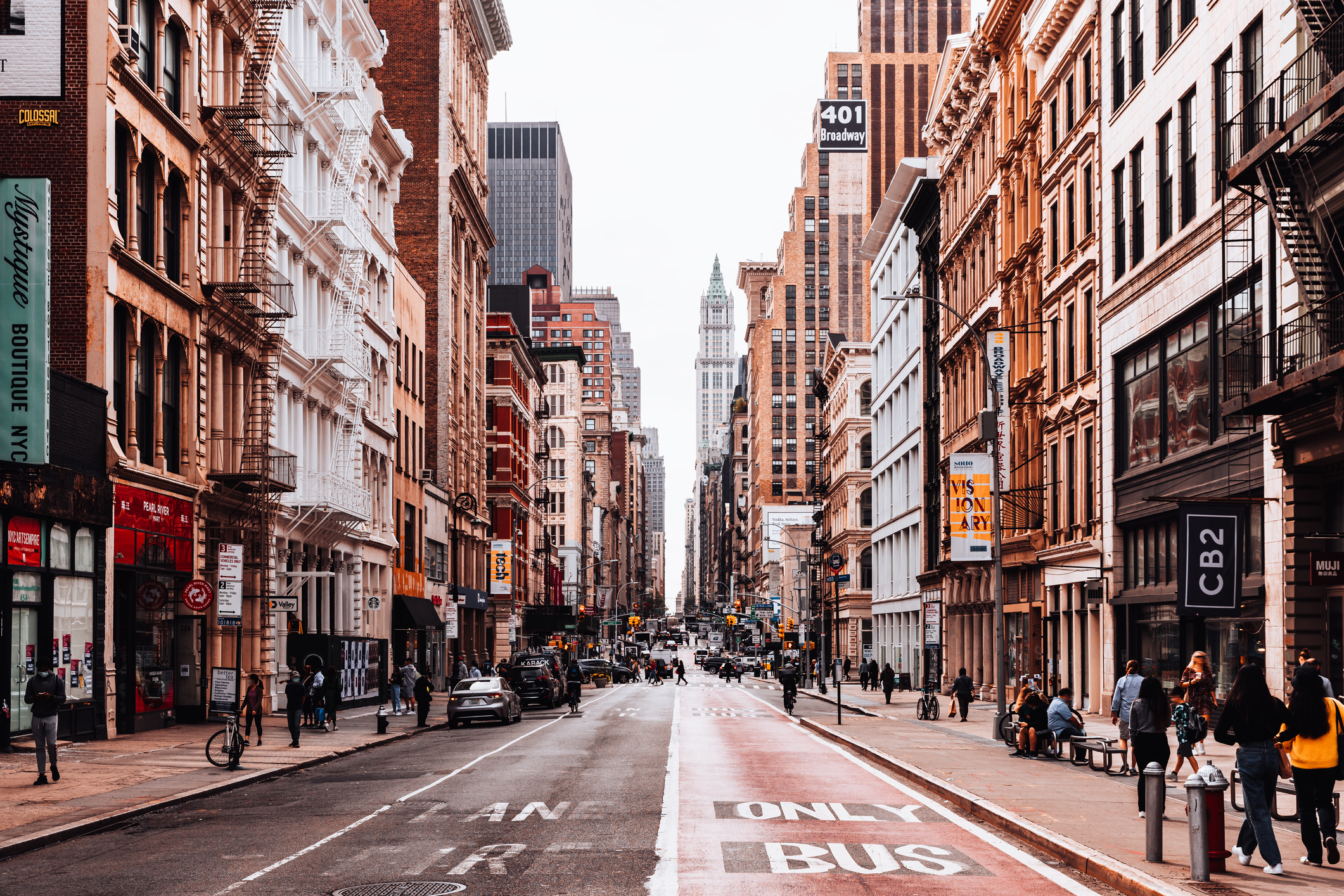 New York Design Week 2025: live updates from the Wallpaper* team
New York Design Week 2025: live updates from the Wallpaper* teamNow through 21 May, design is taking over the Big Apple. Here's the latest news, launches and other goings-on from NYCxDesign, as seen by Wallpaper* editors.
-
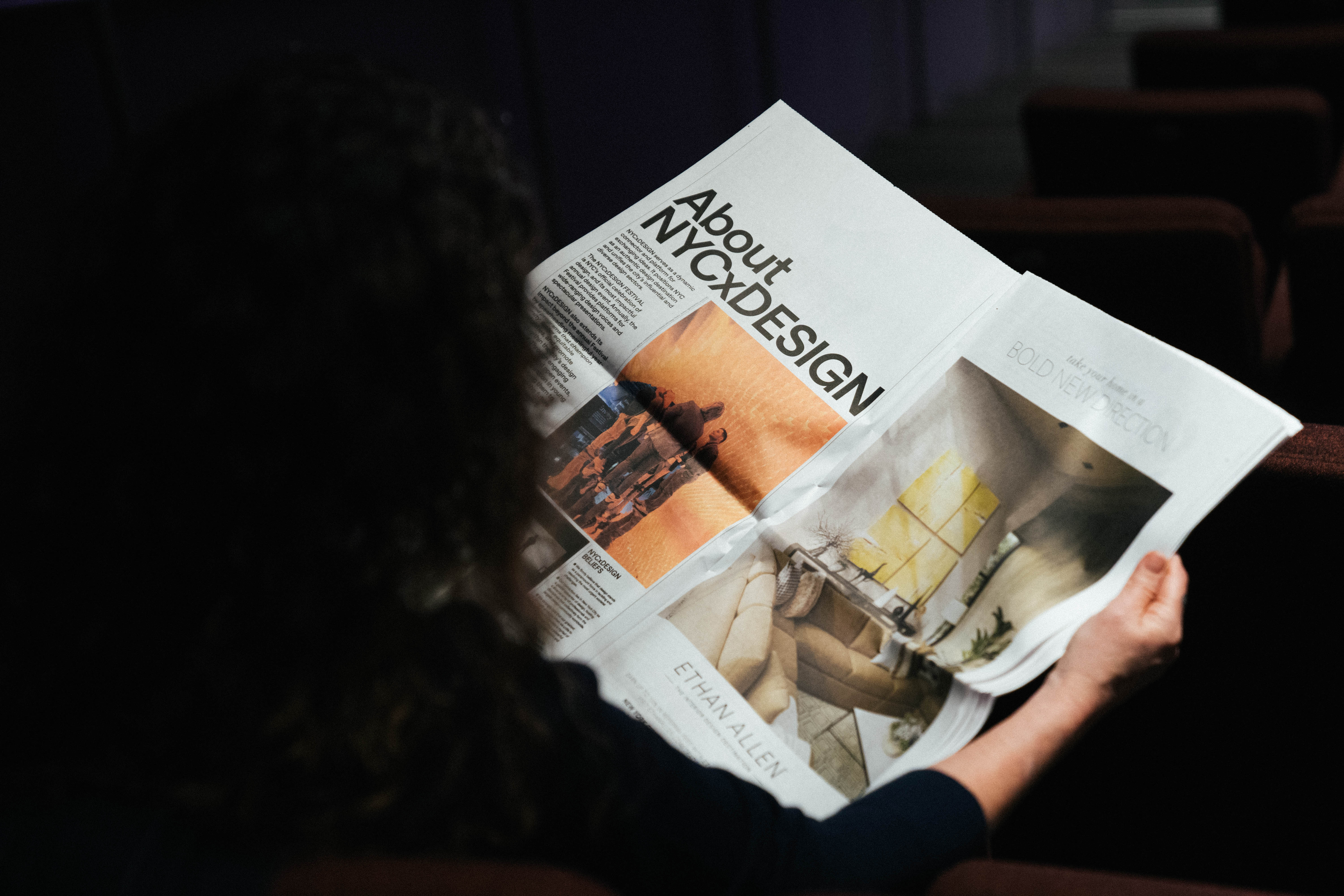 What not to miss at NYCxDesign 2025, according to our editors
What not to miss at NYCxDesign 2025, according to our editorsFrom mega furniture fairs to can't-miss parties, here's what to catch at North America's biggest celebration of design
-
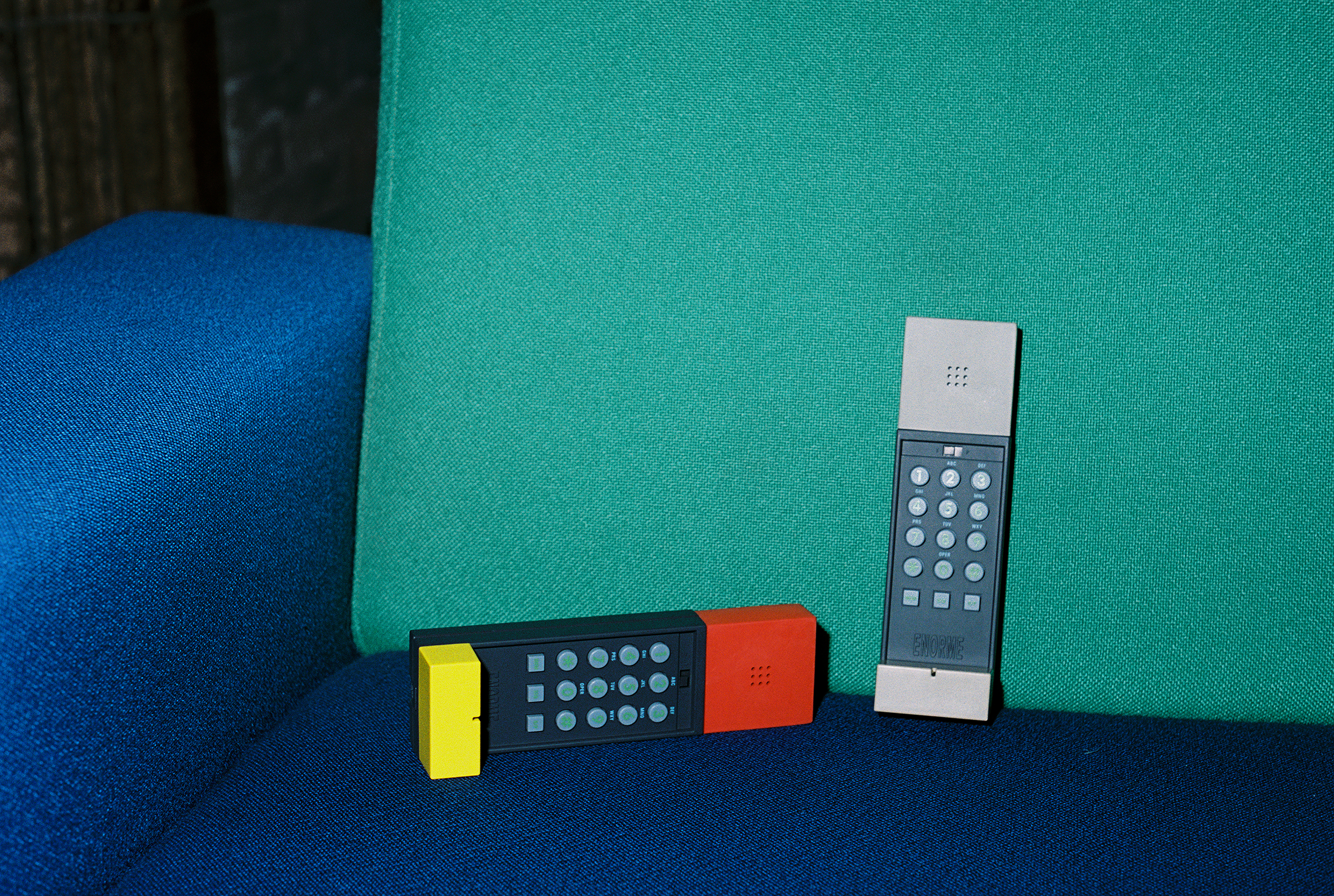 Basic.Space launches its first IRL shopping event – in an empty West Hollywood mall
Basic.Space launches its first IRL shopping event – in an empty West Hollywood mallWith the launch of its first in-person event in LA this weekend, the e-commerce platform is looking to bring collectible design to a whole new audience
-
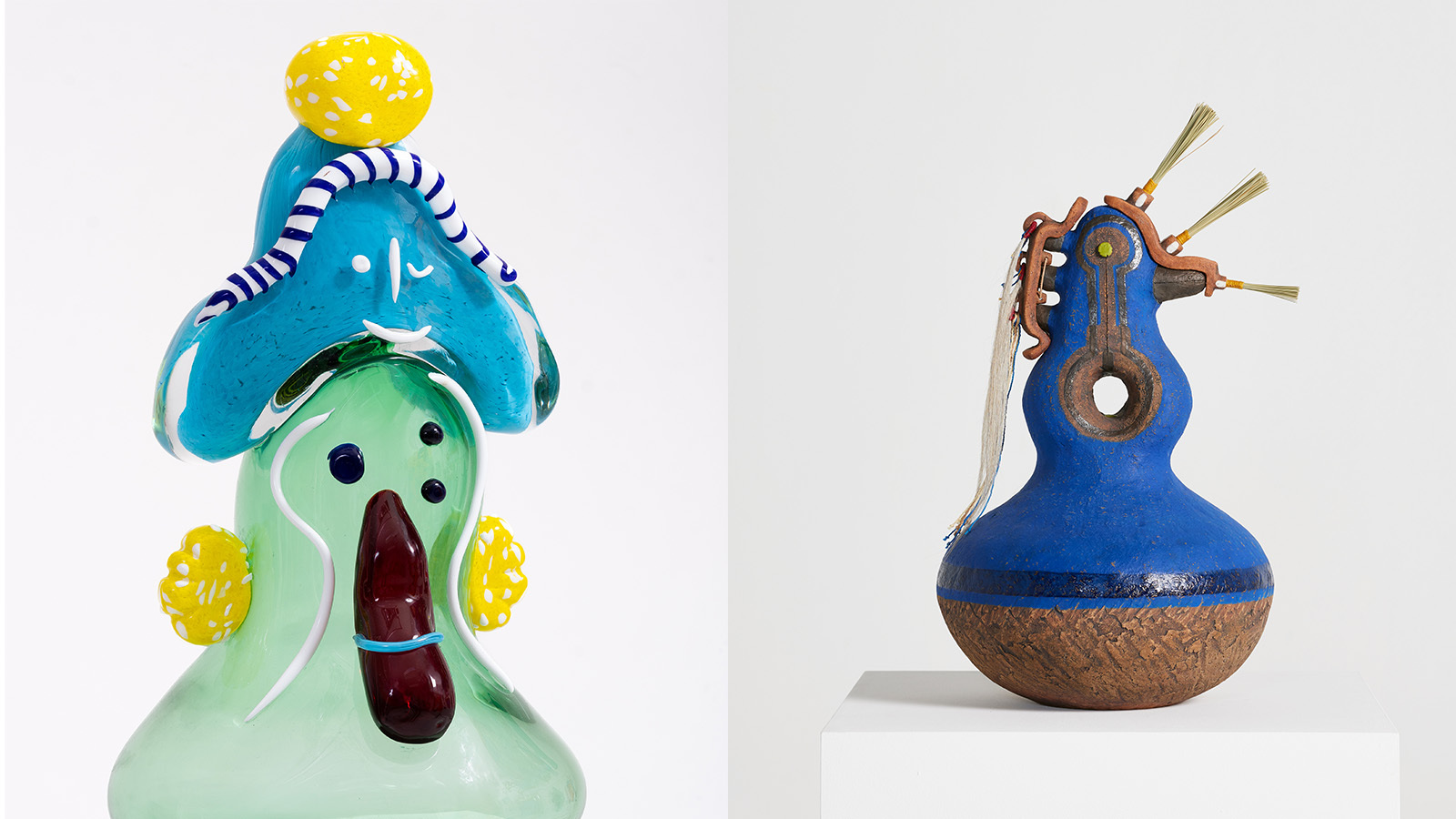 Design Miami 2024 is alive with possibility: here are 14 things to see
Design Miami 2024 is alive with possibility: here are 14 things to seeDesign Miami 2024 opens 4-8 December – let Wallpaper* guide you to the highlights, from dazzling installations to plump sofas and anthropomorphic sculptures
-
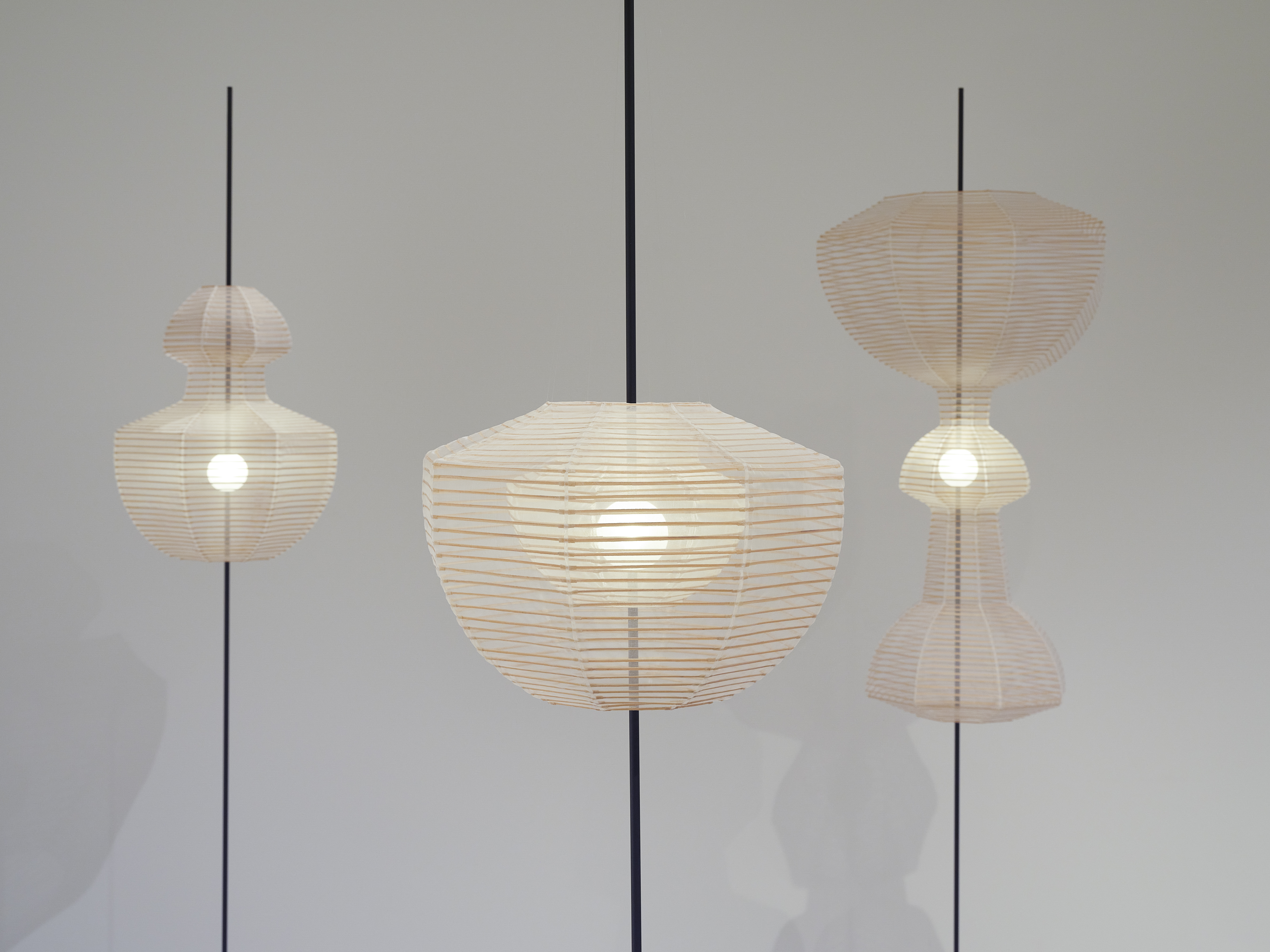 Nendo’s collaborations with Kyoto artisans go on view in New York
Nendo’s collaborations with Kyoto artisans go on view in New York‘Nendo sees Kyoto’ is on view at Friedman Benda (until 15 October 2022), showcasing the design studio's collaboration with six artisans specialised in ancient Japanese crafts
-
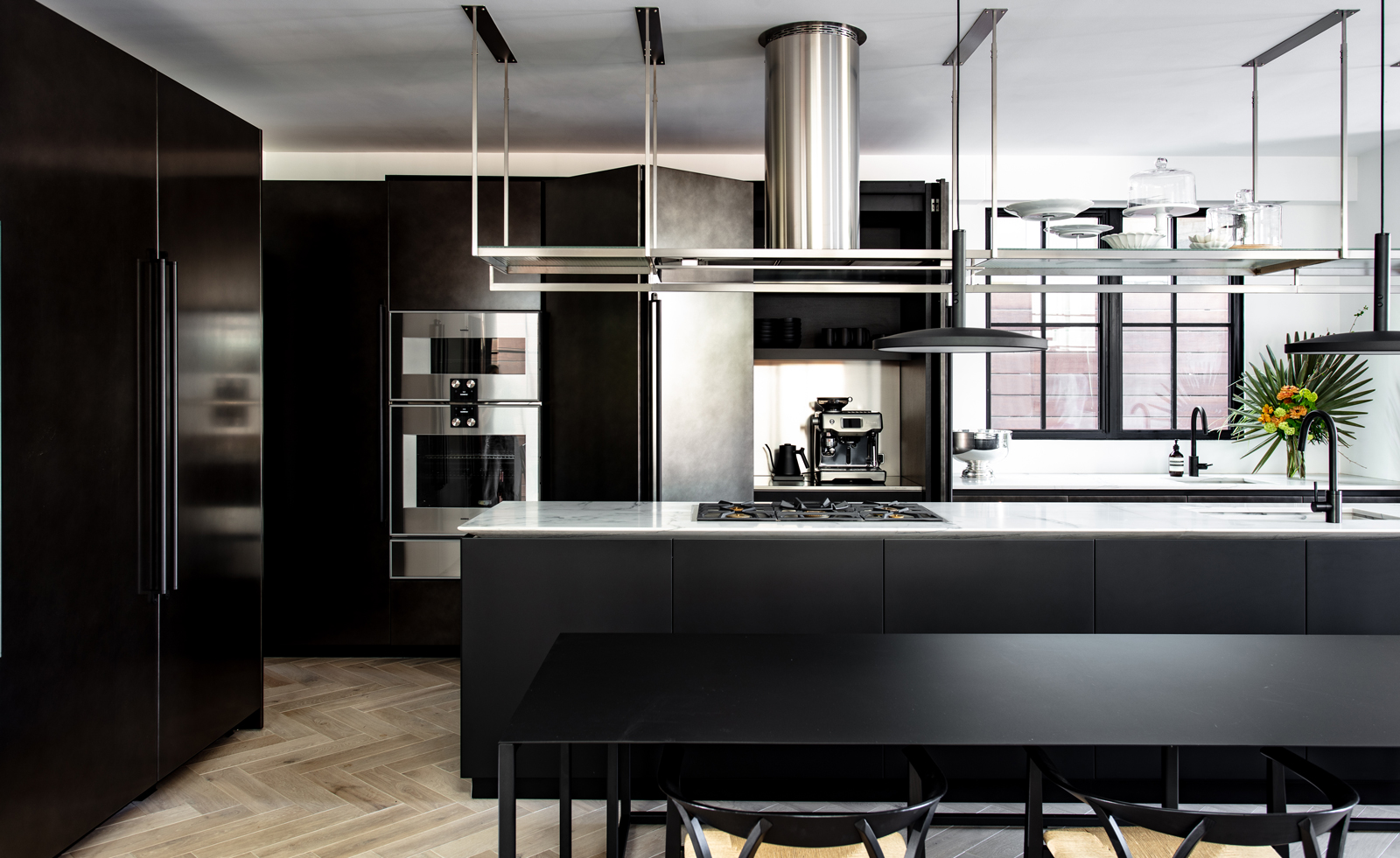 Italian craftsmanship comes to Los Angeles in this eclectic Venice Canals apartment
Italian craftsmanship comes to Los Angeles in this eclectic Venice Canals apartmentBoffi Los Angeles celebrates a juxtaposition of texture throughout a waterside bolthole